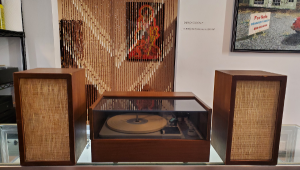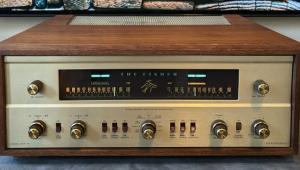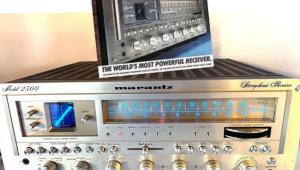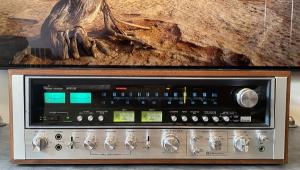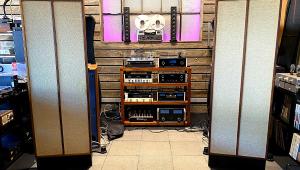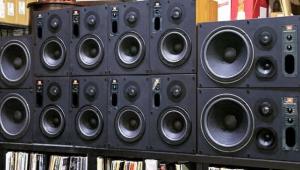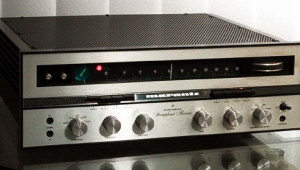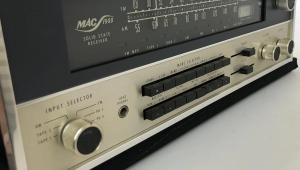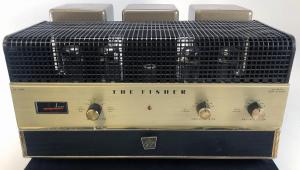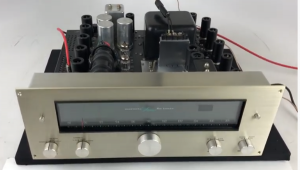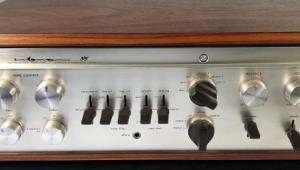Sony Trinitron Television
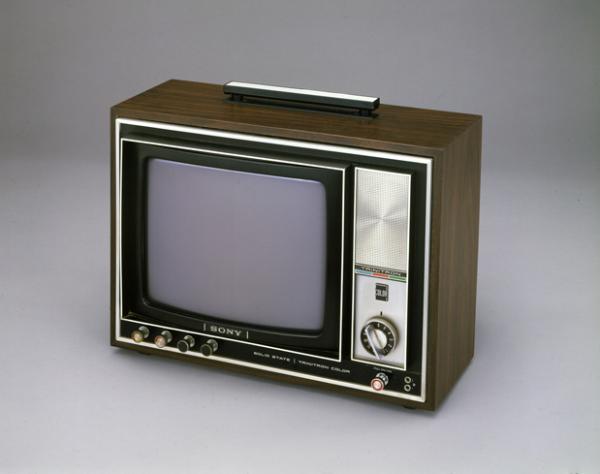
Trinitron is a compound name derived from "trinity," referring to the three colors used in a single electron gun, and "tron" from electron tube. The Trinitron prototypes' "aperture grilles" had narrow vertical stripes photo-etched onto a thin metal plate that was stretched over a frame behind the screen (other TVs use a shadow mask that sits just behind the phosphor layer to focus the image on the screen.). The aperture grille was used in every Trinitron TV.
Four engineers, lead by Masaru Ibuka, Susumu Yoshida, Senri Miyaoka, and Akio Ohgoshi spearheaded the project that generated sales of 280 million Trinitrons worldwide, and Trinitron sales dominated the U.S. television market for decades. Beyond the phenomenal sales numbers Trinitron established Sony's reputation in the U.S. as a company known for innovative technology (Sony won a technical Emmy Award for the Trinitron in 1973). It's hard to imagine Sony's success without Trinitron.
Sony produced a vast number of models, including professional Trinitron studio monitors like the PVM (Pro Video Monitor) and BVM (Broadcast Video Monitor). The pro Trinitrons were expensive, big and very heavy, but they're still prized for their superior black levels, color accuracy, and contrast ratios, compared with the best LCD and plasmas. Trinitron was strictly a CRT technology, and the mainstream market wanted flat panel displays, so worldwide Trinitron production shut down in 2007.
Thanks go out to Sony's Rob Manfredo for his help in preparing this report.
Click herefor more on the first Trinitron.
